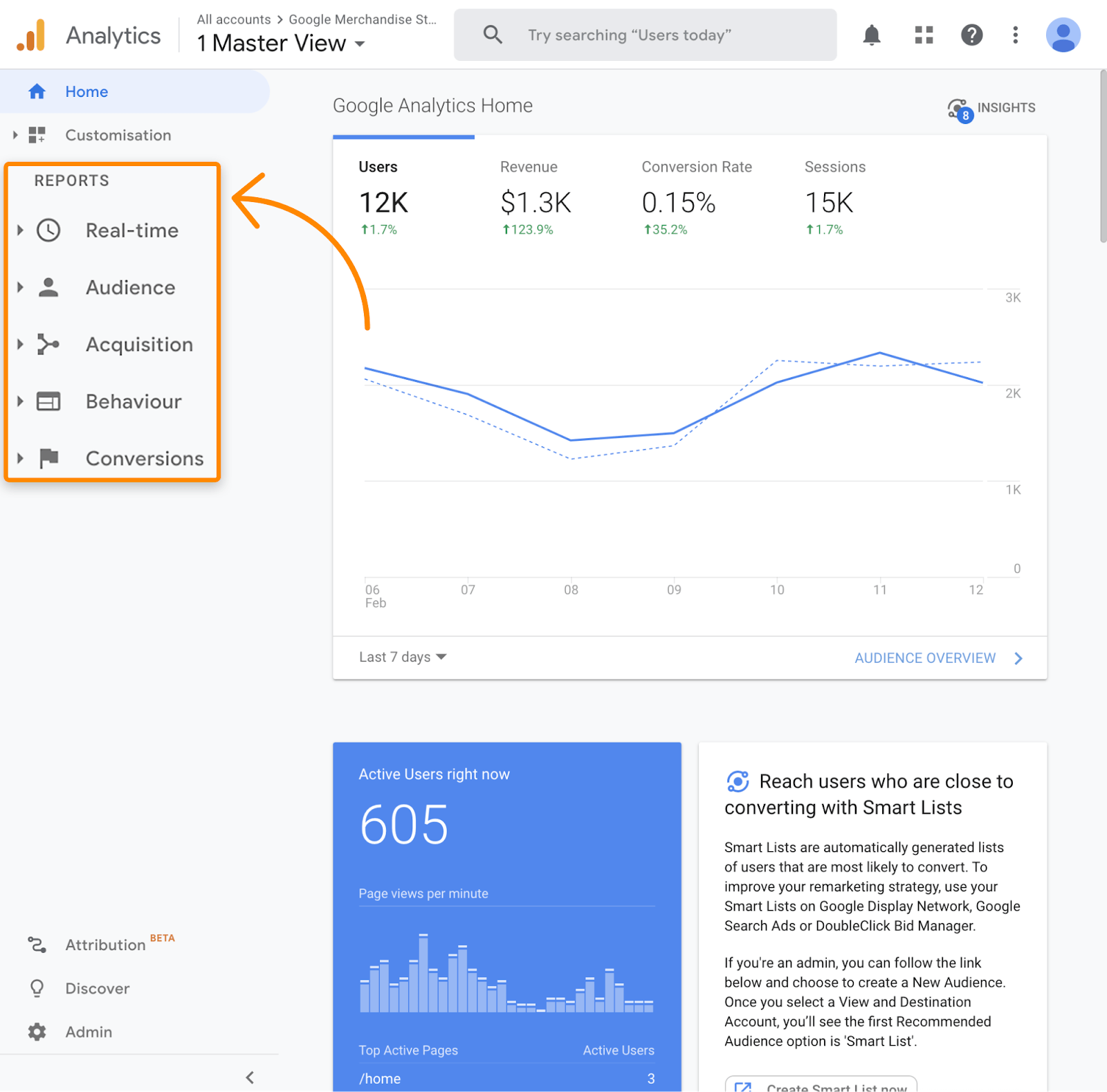Thorough Look at Secondary Dimensions in Google Analytics: Interpretation and Best Practices
Wiki Article
Maximizing Your Data Analysis With Additional Dimension in Google Analytics for Informed Decision-Making
Google Analytics, an effective device in the hands of electronic marketers and experts, provides an attribute known as Additional Measurement. By touching right into the abilities of Secondary Measurement, individuals can obtain a more comprehensive sight of their data, enabling them to make strategic decisions based on a more nuanced and comprehensive analysis.Comprehending Additional Dimension Capability
Comprehending the additional measurement capability in Google Analytics enhances the deepness of information evaluation by giving additional context to main metrics. By including an additional measurement, analysts can sector and compare data, getting understandings that would or else continue to be covert. This attribute allows individuals to view information with various lenses, such as the source of web traffic, individual behavior, or geographic area, providing a much more detailed understanding of website efficiency.When looking solely at main metrics,Making use of additional dimensions can disclose patterns and correlations that may not be evident. For example, combining the main metric of page sights with a second dimension like tool category can uncover whether certain gadgets drive even more website traffic to particular web pages. This info can after that notify website optimization approaches customized to various tool customers.
Executing Additional Measurement in Reports
Structure upon the insights gotten with second measurement analysis, including these measurements effectively into records in Google Analytics is important for removing actionable data-driven decisions. what is a secondary dimension in google analytics. By implementing secondary measurements in records, individuals can delve deeper right into the performance metrics of their website or app. This attribute enables a more comprehensive analysis by providing extra context to the key measurement selectedTo implement a secondary measurement in reports, simply browse to the wanted report in Google Analytics and click on the "Second dimension" tab located above the data table. From there, customers can select from a large range of additional measurements such as 'Source/Medium', 'Gadget Category', or 'Landing Web page'. Choosing one of the most appropriate second dimension will depend on the specific understandings you are seeking to discover.
Utilizing second dimensions in records not only improves the depth of analysis however likewise help in identifying fads, patterns, and correlations that might have or else gone undetected. This critical method to data analysis enables companies to make informed decisions that drive development and success.

Studying Data With Additional Dimensions
Upon incorporating additional dimensions into information evaluation within Google Analytics, a comprehensive evaluation of key performance signs can be accomplished, supplying important insights for critical decision-making. By using second dimensions, analysts can further explore their primary data measurements, such as web traffic sources or customer demographics, to discover patterns or trends that might not be right away apparent. This much deeper level of evaluation permits a more detailed understanding of customer habits and communications on a website or electronic platform.Assessing data with secondary dimensions allows online marketers and internet site owners to answer even more specific questions regarding their target market, material performance, and advertising efforts. By incorporating the primary dimension of website traffic sources with a secondary measurement like geographical location, companies can recognize which regions drive navigate to this website the most valuable web traffic to their website. This sort of granular insight can educate advertising and marketing methods, material production, and web site optimization efforts to better deal with the needs and preferences of their target market.
Leveraging Additional Dimensions for Insights
By integrating secondary dimensions successfully, experts can draw out much deeper understandings from data collections in Google Analytics, boosting the understanding of user habits and efficiency metrics. Leveraging second measurements includes combining different attributes or metrics with key information to reveal patterns and patterns that might not be obvious at initial look. By adding an additional measurement such as 'Gadget Category' to a report on website traffic, experts can recognize whether user habits differs across various gadgets like desktop computers, mobile phones, or tablets.In addition, utilizing second measurements allows Recommended Reading experts to section data a lot more granularly, allowing them to recognize certain target market sections or geographic areas that display distinct habits. what is a secondary dimension in google analytics. This division can be important in customizing marketing methods, optimizing web site web content, or enhancing individual experience based upon the distinct qualities of each section
In essence, leveraging additional dimensions in Google Analytics empowers analysts to dive deeper into information, obtain significant insights, and make educated choices that drive organization growth and success.
Enhancing Decision-Making With Second Dimensions
Using second measurements in information evaluation provides a tactical advantage by revealing actionable insights that drive notified decision-making in Google Analytics. By boosting decision-making through additional measurements, customers can dig much deeper right into their data to extract beneficial details that might not be quickly evident. These extra dimensions offer a more thorough sight of customer habits, communications, and end results, making it possible for analysts to make more informed decisions based upon concrete data.With the usage of additional dimensions, analysts can section and filter data to identify patterns, patterns, and connections that might influence decision-making processes. This boosted degree of granularity enables an extra targeted strategy to examining information, bring about even more insightful and precise conclusions.
Moreover, second dimensions offer the chance to contrast various data points alongside, facilitating an extra thorough assessment of efficiency metrics and KPIs. By leveraging secondary measurements successfully, businesses can enhance their strategies, improve user experiences, and eventually accomplish their goals with self-confidence.
Final Thought

Building upon the insights gotten via second measurement evaluation, incorporating these measurements efficiently right into reports in Google Analytics is essential for removing actionable data-driven decisions.To implement a second measurement in records, just browse to the wanted record in Google Analytics and click on the "Secondary dimension" tab situated over the information table. By using additional measurements, experts can better explore their primary information measurements, such as traffic resources or individual demographics, to reveal patterns or trends that might not be instantly apparent. By incorporating the primary dimension of website traffic resources with a secondary measurement like geographical area, services can recognize which regions drive the most important traffic to their site.By integrating additional measurements properly, analysts can remove deeper insights from data collections in Google Analytics, boosting the understanding of individual habits and efficiency metrics.
Report this wiki page